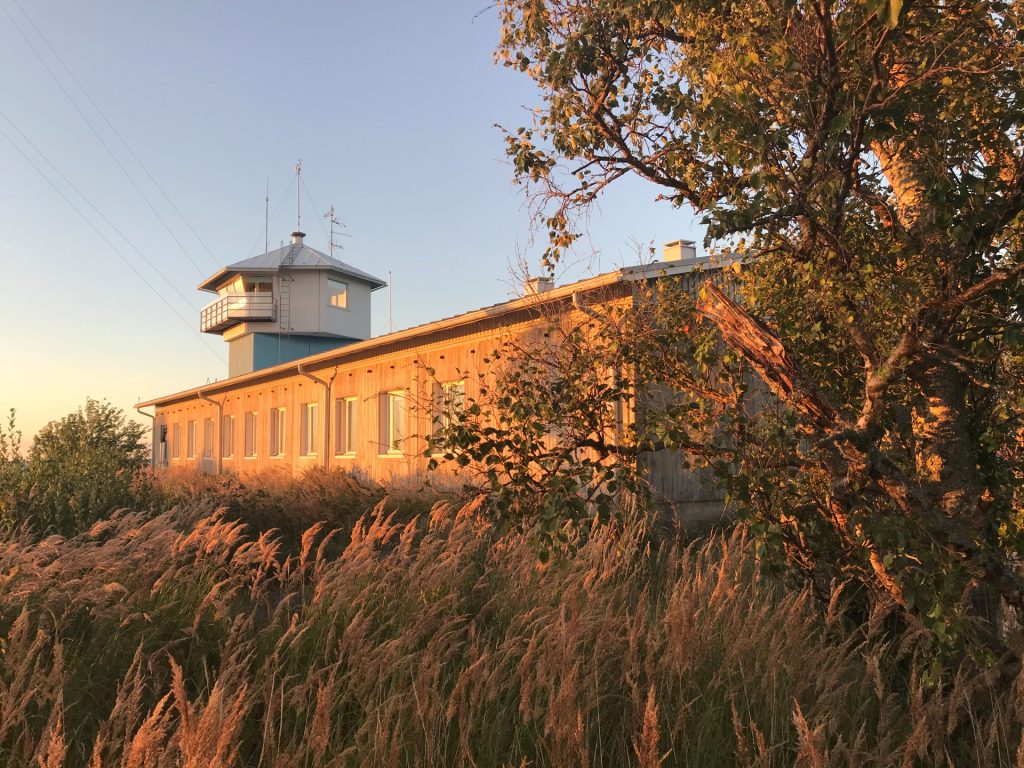In 1739 the government had freed the towns of Ostrobothnia from contributing to the costs of maintaining the state piloting service. In Kokkola, piloting was carried out by two fishermen who had lived on Tankar. After Kokkola received staple rights in 1765, traffic into the town’s harbour grew significantly and the piloting service had to be reorganised. Starting in the early 1770s, the administrative court hired three pilots for Tankar and constructed a cabin there for their use. The Ostrobothnian piloting district was established in 1849. At the same time the piloting service began organised hydrographical surveying of the Bay of Bothnia, and as it progressed the network of lighthouses on the coast was added to.
The history of the pilot station also contains drama: during a fierce storm in 1855, Tankar pilot station lost its entire crew. When the Finnish piloting service was converted to the Russian system in 1912, more than half its staff resigned in protest. In their honour, a large stone next to the station was converted into a monument, bearing the names of those who resigned and the text: “A memorial to those pilots who would not submit to Russky oppression”.
In 1917 the piloting service became a civilian body when the Finnish Maritime Administration began its duties. Tankar pilot station belongs to the Bay of Bothnia maritime district, which stretches from Kristiinankaupunki to Tornio. The present pilot station was built in 1975. The pilots now operate from the station in Ykspihlaja, and the former pilot station on Tankar now serves as the Hostel Tankar Inn.
